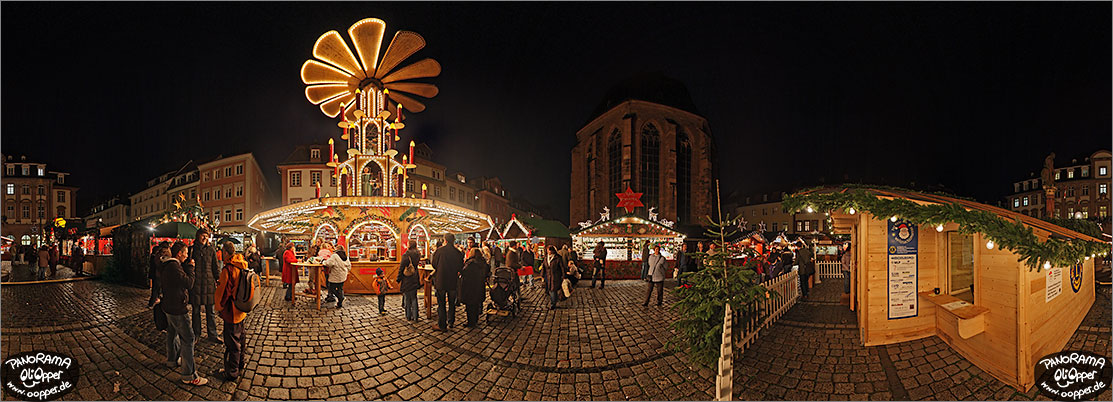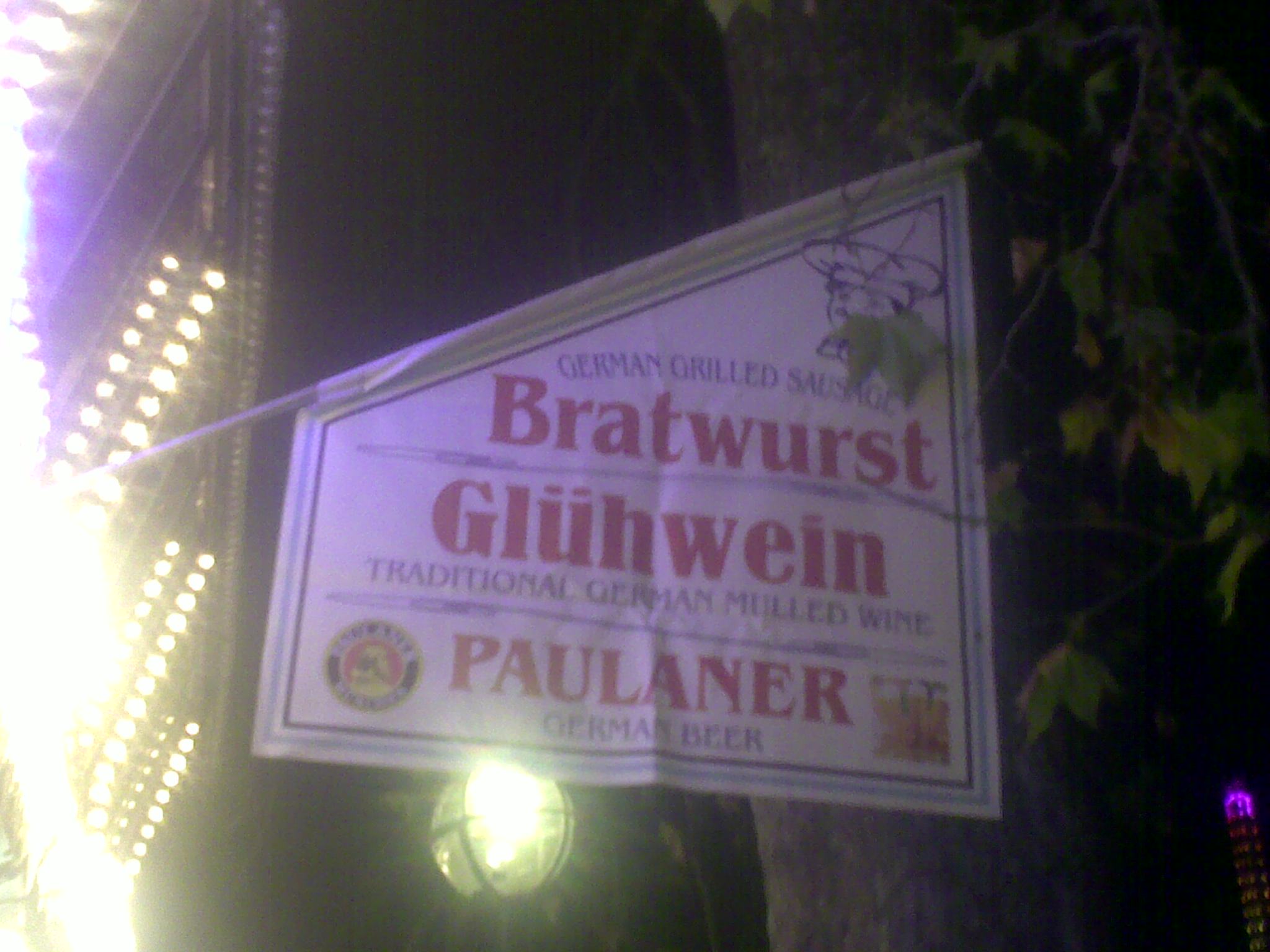In Memoriam: Lawrence Guyot

Lawrence Guyot
By Alan Bean
I first learned about Lawrence Guyot from reading Taylor Branch’s celebrated Trilogy on the King Years. His name came up again when I researched the background of the Curtis Flowers story.
Readers of this blog will know that Guyot, Fannie Lou Hamer and several other civil rights activists were beaten within an inch of their lives by men under the command of Sheriff Earl Wayne Patridge at the Montgomery County Courthouse in Winona, Mississippi in June of 1963. Three decades later, Mr. Flowers was arrested on the basis of fabricated evidence for the 1996 slaying of four people at a Winona furniture store.
A little over a year ago, I had the chance to meet the man in the flesh when he spoke at an event in Cleveland, MS sponsored by the Samuel Procter Oral History Program at the University of Florida. The civil rights icon seemed more interested in telling the students what they needed to do in the present moment than he was in sharing tidbits of civil rights nostalgia. This September, my wife Nancy and I shared our story with the Florida students
.
This New York Times story captures the essence of Guyot’s amazing saga. There was nothing unusual about the man. He was not particularly eloquent or brilliant; he just refused to back down in the face of injustice. Without Lawrence Guyot’s brand of anonymous courage, the civil rights movement could not have succeeded.
Lawrence Guyot, Civil Rights Activist Who Bore the Fight’s Scars, Dies at 73
By DOUGLAS MARTIN
Published: November 26, 2012
Lawrence Guyot, who in the early 1960s endured savage beatings as a young civil rights worker in Mississippi fighting laws and practices that kept blacks from registering to vote, died Thursday at his home in Mount Rainier, Md. He was 73.
His daughter, Julie Guyot-Diangone, confirmed his death, which she said came after Mr. Guyot had suffered several heart attacks, lost a kidney and became diabetic.
Mr. Guyot (GHEE-ott) was repeatedly challenged, jailed and beaten as he helped lead fellow members of the Student Nonviolent Coordinating Committee and student volunteers from around the nation in organizing Mississippi blacks to vote. In many of the state’s counties, no blacks were registered
.
He further pressed the campaign for greater black participation in politics by serving as chairman of the integrated Mississippi Freedom Democratic Party, formed to supplant the all-white state Democratic Party. It lost its challenge to the established Mississippi party at the Democratic National Convention in 1964, but its efforts are seen as paving the way for the passage of the Voting Rights Act of 1965.

A famous moment in the civil rights movement occurred after Fannie Lou Hamer and two other civil rights workers were arrested for entering an area of a bus station reserved for whites in Winona, Miss., in June 1963. Mr. Guyot went to Winona to bail them out of jail. When he asked questions about their rough treatment, nine police officers beat him with the butts of guns, made him strip naked and threatened to burn his genitals. The abuse went on for four hours until a doctor advised the officers to stop.
Mr. Guyot was taken to a cell and beaten some more. The cell door was left open to the outside, with a knife lying just beyond. The guards’ apparent idea was to entice him to try to escape, but he saw two men lurking outside and stayed in his cell. “I didn’t fall for that one,” he is quoted as saying in “My Soul Is Rested: The Story of the Civil Rights Movement in the Deep South” (1977), by Howell Raines.
Mr. Guyot was released after Medgar Evers, another civil rights activist, was assassinated in Jackson, Miss., on June 12. Mr. Guyot thought that the authorities feared the effects of another assassination of a civil rights worker when national attention was focused on Mississippi.
Later in 1963, Mr. Guyot was imprisoned at the infamous Mississippi penitentiary Parchman Farm. He was beaten, and went on a 17-day hunger strike. He lost 100 pounds. “It was a question of defiance,” he said in an interview with NPR in 2011. “We were not going to let them have complete control over us.”
In a recent interview with The Afro-American Newspapers, Timothy Jenkins, an educator who worked with Mr. Guyot in the 1960s said: “He is significant because he knew there is a price more ultimate than death. It is disgrace.”
Lawrence Thomas Guyot Jr. was born in Pass Christian, Miss., on July 17, 1939. His father was a contractor. Mr. Guyot attended Tougaloo College in Tougaloo, Miss., a historically black college that had some white faculty members and welcomed white students. He graduated with a degree in chemistry and biology in 1963.
While in college, he became involved with the Student Nonviolent Coordinating Committee and traveled around the state conducting civil rights workshops and doing other organizing. He and his colleagues concentrated on voter registration, not desegregation. When he took someone to the courthouse to register, he was often followed by two cars of whites.
Mr. Guyot was haunted by a 1964 conversation he had with Michael Schwerner, the civil rights worker who would be murdered that year along with his fellow workers Andrew Goodman and James Chaney. As Mr. Schwerner was preparing to drive to Mississippi from a training session in Ohio, he asked Mr. Guyot if it was safe to go. Mr. Guyot said yes, and always felt responsible for what happened later.
“I told him to go because I thought there was so much publicity that nothing could happen,” Mr. Guyot said in an interview with The Sun Herald of Biloxi, Miss. “I was absolutely wrong.”
In 1968, while in Chicago as a delegate to the Democratic convention, Mr. Guyot went to a doctor after falling ill. The doctor told him that he had heart trouble and was overweight, and that if he went back to the civil rights struggle in Mississippi he had perhaps two months to live. Instead he went to Rutgers School of Law and, after graduating in 1971, moved to Washington, where he did legal work for city agencies and was an informal adviser to Mayor Marion Barry, a fellow native Mississippian.
In addition to his daughter, Mr. Guyot is survived by his wife of 47 years, the former Monica Klein; his son, Lawrence III; and four grandchildren.
Mr. Guyot favored same-sex marriage when it was illegal everywhere in the United States, noting that he had married a white woman when that was illegal in some states. He often gave inspirational speeches on the meaning of the civil rights movement.
“There is nothing like having risked your life with people over something immensely important to you,” he said in 2004. “As Churchill said, there’s nothing more exhilarating than to have been shot at — and missed.”
_____________________________________________________________________________
Some of you readers, like me, were teenagers and college students during these times, and thus will remember well the names and events of the civil rights and anti-war movements. Schwerner, Chaney and Goodman, the Life Magzine cover photo of Kent State, and myriad other images are etched into our minds.
















































